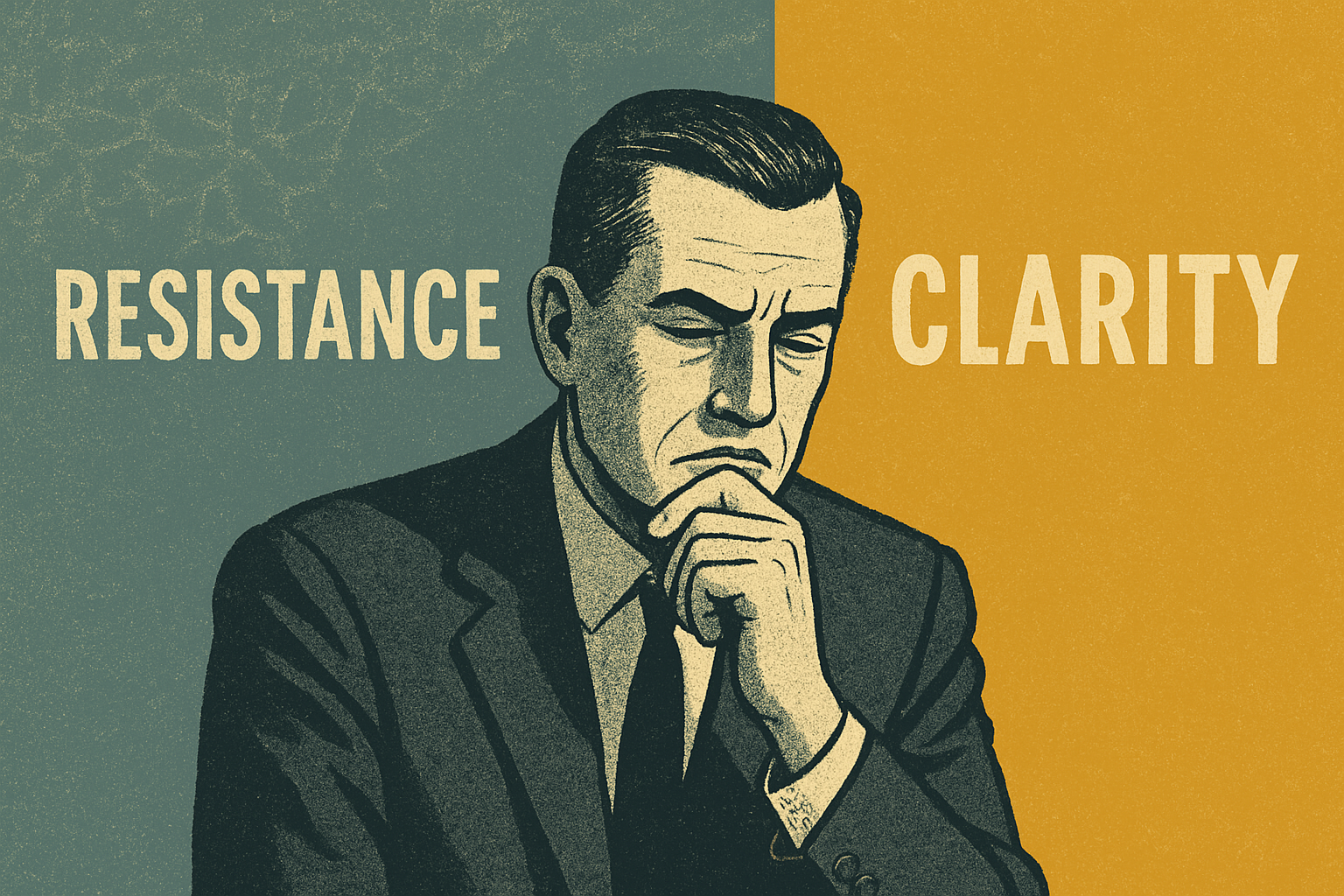Business transformation consultant Simon Phillips, who recently contributed to our feature on the new UK-EU “reset” deal, shares his thoughts on how framing can change how business decisions are perceived.
Framing is the way we present and communicate decisions, and it can be as critical as the decisions themselves. When leaders face tough choices, the narrative framework they employ often determines stakeholder reception and implementation success.
Keir Starmer’s approach to the UK-EU “reset” demonstrates this principle. Faced with improving EU relations while not appearing to undermine Brexit, Starmer needed to reframe the conversation. He had to balance potential economic benefits against Brexit fatigue and sovereignty concerns.
Successful framing incorporates three key elements:
- establishing context and necessity,
- aligning with stakeholder values, and
- clarifying future benefits
When done effectively, leaders create psychological safety for stakeholders to process change.
I’ve seen this principle play out repeatedly in my work as a leadership transformation expert specialising in love-based leadership. The LACE approach — Listening before deciding, demonstrating Accountability, fostering Collaboration, and showing Empathy — transforms potentially divisive decisions into opportunities for organisational cohesion. Like LACE itself, this framework creates leadership that’s both strong and flexible, binding teams together while allowing space for individual perspectives. This is particularly crucial when navigating difficult decisions that affect diverse stakeholders.
Consider two contrasting examples: The first was a professional services firm which needed significant restructuring, they applied the LACE framework masterfully. By framing the decision within industry evolution context. rather than simply announcing cuts, they maintained 87% employee engagement through the transition.
Conversely, a well-established charity demonstrates framing failure. When they decided to close some regional offices post-COVID, leadership positioned it exclusively as cost-cutting, rather than building on the positive aspects of hybrid working staff had already embraced. This narrow financial framing sparked resistance and questions about other potential cuts. The charity ultimately achieved their cost-saving goal but suffered a sharp increase in staff turnover and significant disruption to volunteer engagement.
Had they instead framed the same decision as an evolution of their working model and building on proven hybrid successes, while maintaining community presence through alternative means, they could have enhanced stakeholder confidence while achieving the same operational outcome.
As I’ve seen countless times with leadership teams navigating change, it’s not just what we decide that defines us, it’s how we invite others to understand why. The most powerful framing doesn’t sell a decision; it creates the space for people to own it.

Simon Phillips is a business transformation expert, keynote speaker and podcast host of The Change Show. Labelled “The Changemaker”, Simon goes into large companies when they have shifts in leadership/executives roles to navigate this change within the company, and facilitate a smooth transition.




